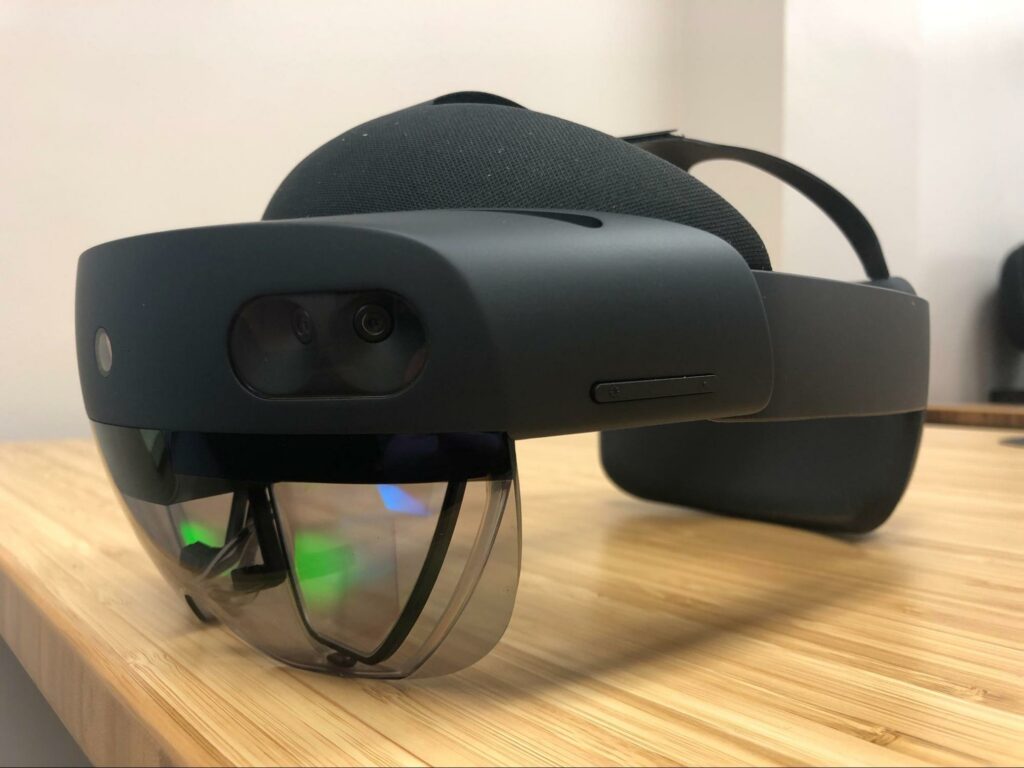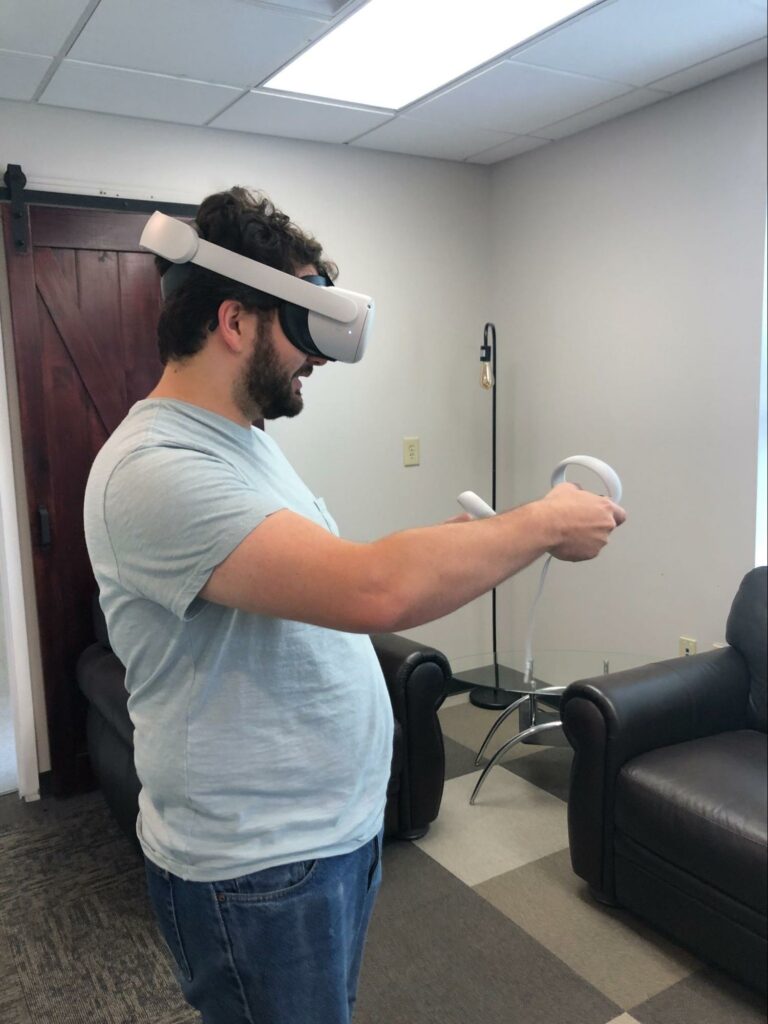Create Medical Visualizations on Augmented Reality Headsets with vtk.js


The vtk.js web rendering platform now allows you to render augmented reality visualizations on head-mounted display devices (AR HMDs). Developers can use vtk.js to create custom applications that run directly on AR-capable headsets, including the Microsoft Hololens 2, Meta Quest 2, and the upcoming Apple Vision Pro, without being tethered to a computer. This development opens up new avenues for developers and users alike to embed advanced visualizations into their environments without cords. This includes surgical suites, intensive care units, ambulances, rural health care centers, and other complex, close-quarter, and/or resource-constrained environments.

At its core, vtk.js is an open source JavaScript library that empowers developers to create high-quality, interactive, 2D and 3D visualizations using ubiquitous web technologies. It is maintained in close relation with the Visualization Toolkit (VTK), a powerful and widely adopted C++/Python library for scientific visualization. vtk.js offers a range of features, including support for cinematic volumetric rendering, geometric modeling, point-cloud and lidar displays, radiological annotation tools for interactive medical imaging, and more. Its flexibility and ease of integration make it a go-to choice for developers seeking to incorporate advanced visualizations into their web applications and/or existing workflows.
With the recent inclusion of support for stand-alone rendering on advanced AR HMDs, vtk.js takes a significant leap forward in the realm of augmented reality. AR HMD support builds on existing vtk.js support leveraging the WebXR interface for augmented reality rendering on mobile devices and virtual reality rendering on dedicated VR headsets. The Microsoft HoloLens 2 is a state-of-the-art headset that combines immersive holographic experiences with real-world environments via a translucent display, enabling users to interact with digital content in a seamless and intuitive manner. On the other hand, the Meta Quest 2 is a virtual reality headset that provides a unique passthrough mode blending the virtual and real worlds, allowing users to overlay virtual objects onto their surroundings with remarkable precision. In addition, Apple has confirmed WebXR support for its upcoming Vision Pro augmented reality passthrough headset.

Several examples of rendering to XR devices are available in the vtk.js web documentation. By embracing the capabilities of these AR devices, vtk.js enables developers to build immersive and interactive AR experiences directly within web browsers. From medical simulations and architectural walkthroughs to industrial training and gaming, the possibilities are endless. Leveraging the power of vtk.js, developers can create compelling, to-scale visuals of scientific or medical data that harness the unique features of AR-capable devices, captivating users and pushing the boundaries of augmented reality on the web.

Partnering with Kitware
Kitware is dedicated to advancing cutting-edge scientific computing and visualization technologies. Our team is composed of computer scientists, software engineers, and scientific computing experts. We have the knowledge and expertise to support your pursuit of AR and VR technology and can help you practically incorporate these XR experiences into your work. Whether you’re a research center, university, or commercial company, partnering with Kitware will ensure you effectively leverage this technology. For more information, please contact us or visit our commercial projects webpage.